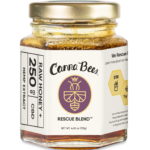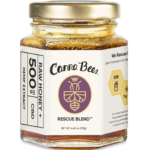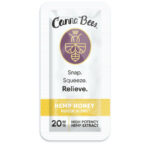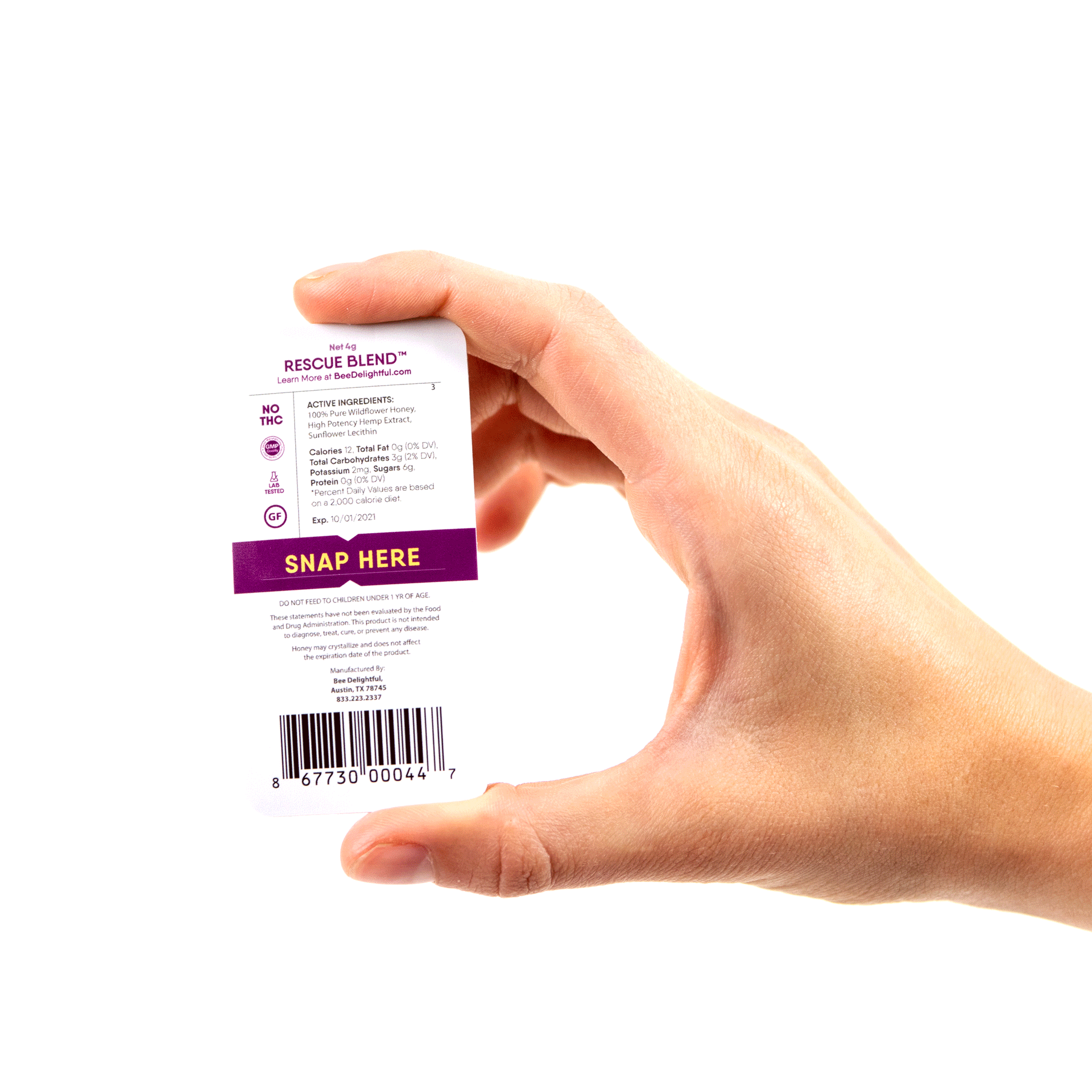CANNABIS SATIVA L.
STARTING AT THE ROOT
According to Wikipedia, there is a small family of flowering plants called Cannabaceae.
Within this family is the genus Cannabis. Other genera (the plural of “genus”) include Humulus (hops) and Celtis (hackberries).
Within the genus Cannabis is a number of species, including Cannabis indica, Cannabis ruderalis and Cannabis sativa.
Cannabis sativa is an annual herbaceous flowering plant that’s native to eastern Asia.

The plant has long been grown as a source of hemp fiber and oil, food, medicine, recreation and more. Fact: Hemp fiber is the strongest fiber in the world.
Digging into Cannabis sativa’s pharmacology, it includes more than 500 compounds. One is cannabidiol (CBD) and another is tetrahydrocannabinol (THC).
Let’s Clear the Air: Hemp versus Marijuana
To start, says Matt Shipman of North Carolina State University on Phys.org, taxonomically, hemp and marijuana are the same plant. They happen to bear different names for the same genus (Cannabis) and species (Cannabis sativa). They even look and smell the same — no wonder there’s confusion.
Simply put by Tom Melton, deputy director of the NC State Extension. “You can’t get high on hemp.” Here’s why:
Hemp plants have no more than 0.3 percent (by dry weight) of the psychoactive substance THC. Marijuana, however, can have upwards of 5 to 20 percent of THC.
“In other words,” says the Shipman, “Cannabis plants with 0.3 percent or less of THC are legally defined as hemp. Cannabis plants with more than 0.3 percent THC are defined as marijuana.”

CBD is found in both Hemp and Marijuana plants but Hemp varietals are bred intentionally for high CBD and low THC, while marijuana varietals are bred for the opposite cannabinoid profile, high THC and low CBD.
The Mystery and Magic of the Endocannabinoid System
According to healthline.com, in the 1990s when researchers were exploring THC, they discovered the endocannabinoid system (ECS). While it’s not fully understood yet, here’s what is known about this incredibly complex system:
First, it is involved in sleep, mood, appetite, memory, and reproduction and fertility. Second, while it was discovered when researchers were exploring THC, the system is active without the use or presence of cannabis.
Let’s dig more into how this incredible system works, again per healthline.com …
ECS is composed of three parts: 1. endocannabinoids; 2. receptors; 3. and enzymes.
1. Endocannabinoids, as they sound, are similar to cannabinoids, except that they are molecules that are produced by the body, not a plant. Two have been identified: anandamide (AEA) and 2-arachidonoylglyerol (2-AG).
2. These molecules bind to receptors — two to be exact. One receptor (CB1) is found in the central nervous system, and the other (CB2) is found in the peripheral nervous system.
Healthline gives an excellent example of how they individually target their specific work: If you have pain in your spine, endocannabinoids might target CB1 receptors in a spinal nerve to relieve it. If endocannabinoids bind to a CB2 receptor in your immune cells, this could be a sign that inflammation is occurring in your body, which can be associated with autoimmune disorders.
3. Once endocannabinoids have completed their important work, there are two enzymes that that move in and break them down: fatty acid amide hydrolase (breaks down AEA) and monoacylglycerol acid lipase (breaks down 2-AG).
In short, say experts, the ECS is responsible for maintaining homeostasis: “A state of equilibrium, as in an organism or cell, maintained by self-regulating processes.”
Here’s how CBD interacts with the ECS:
While many researchers believe that THC interacts with the ECS by binding to the receptors, CBD does not. Some researchers believe that CBD possibly prevents endocannabinoids from being broken down by the enzymes, which gives them time to have more of an effect on the body, others believe that CBD binds to a yet-undiscovered receptor.
Canna Bees products contain an effective concentration of this valuable phyto-cannabinoid, CBD.
We start with a blend of the finest wildflower honey with a little honey from our rescued bees in Central Texas. Our beekeepers exclusively practice treatment-free beekeeping using the highest ethical standards in the industry, producing the cleanest, pesticide-free honey on the market. Then we infuse this incredible raw honey with a carefully extracted, naturally occurring cannabidiol (CBD) from organic hemp farms in Kentucky. Our products are safe and sweet.
Even sweeter: the healthy benefits you can experience from incorporating Canna Bees into your diet and life.=




